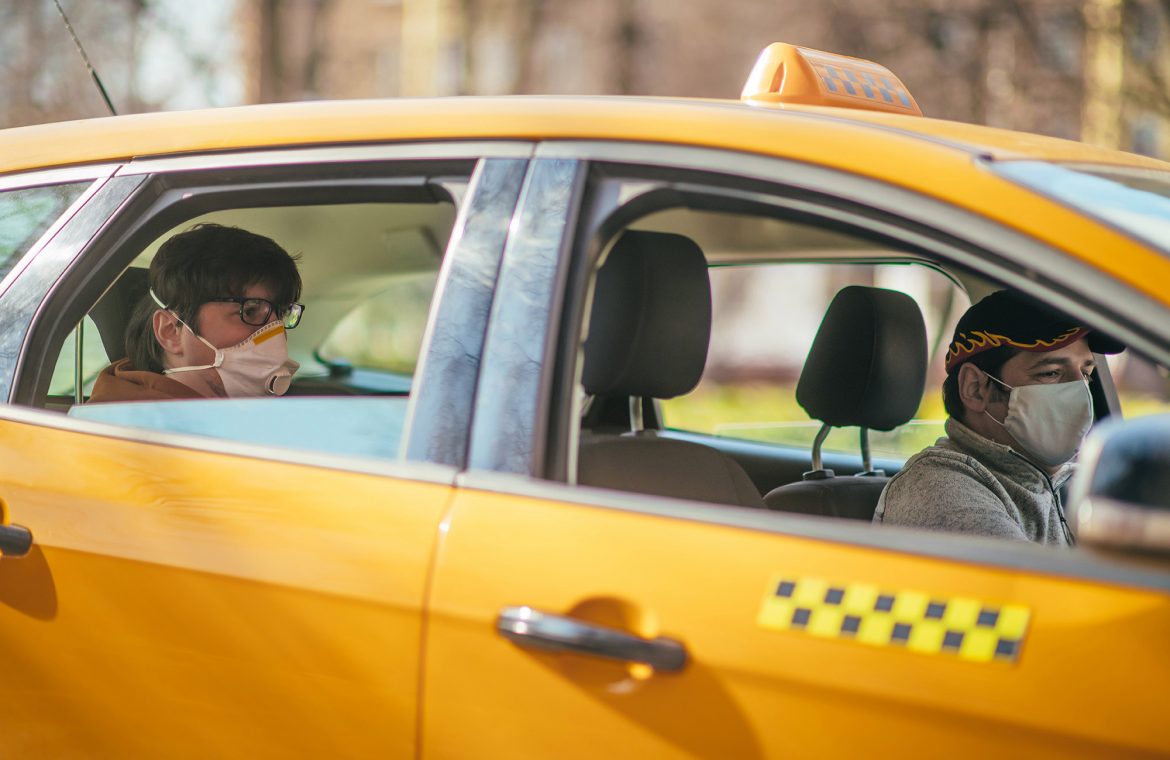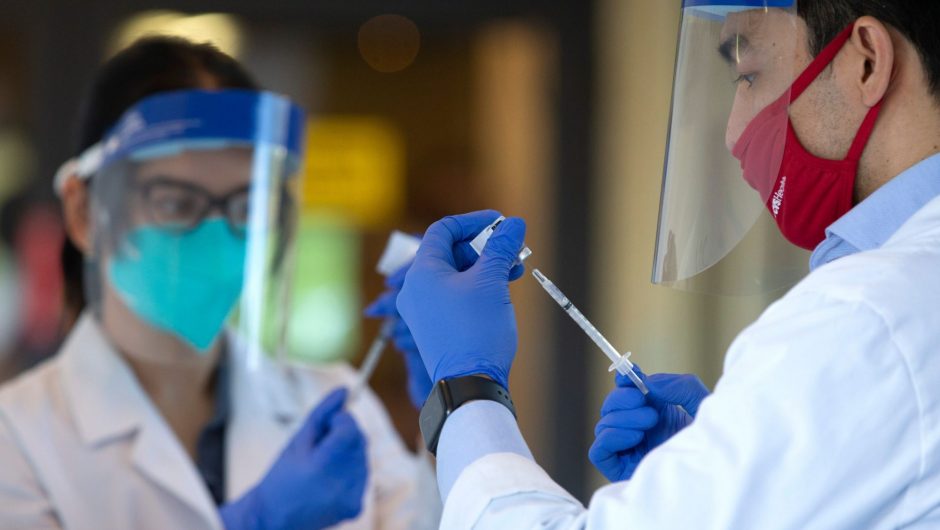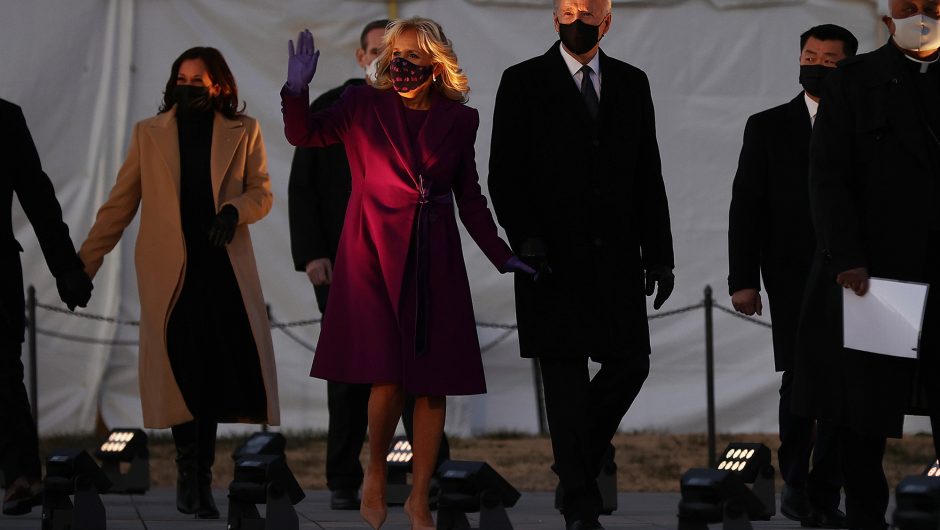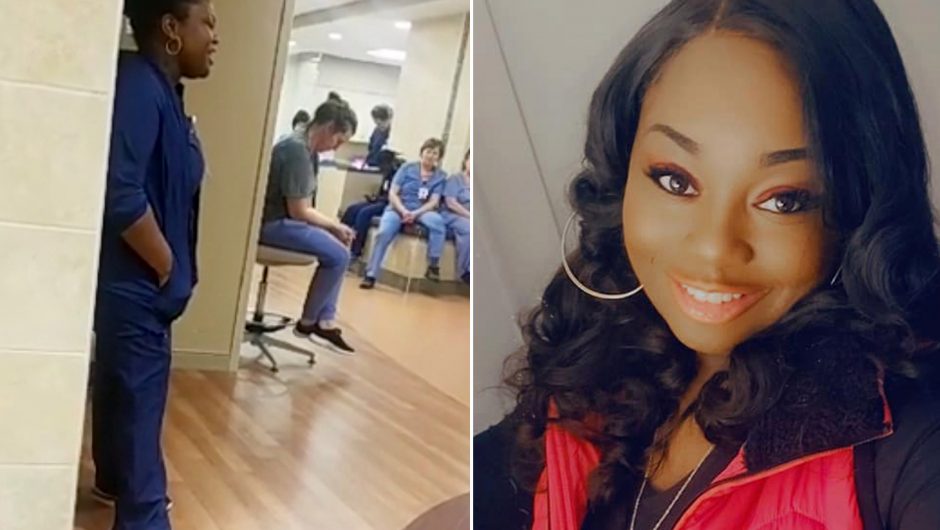Riding a car with all windows rolled down offers the best chance to prevent the spread of the coronavirus in the vehicle, but a new study geared to ride-sharing determined that the second-best option is to open the windows opposite the driver and back-seat passenger.
“One might imagine that people instinctively open windows right beside them while riding with a co-passenger during the pandemic. That may not be optimal – though it’s better than opening no window,” said lead author Varghese Mathai, an assistant professor of physics at UMass Amherst.
“We designed this research with ride-sharing in mind, from a traditional taxi or Uber and Lyft to noncommercial commutes, assuming a driver and one passenger, seated in the back on the passenger side to provide the best possible spacing between the occupants,” he added.
Keeping down all windows might not always be feasible during the winter, when it rains or due to the amount of wind generated.
The research touted the benefits that opening the windows farthest from the driver and the back-seat passenger might offer in mitigating the spread of the virus in vehicles during the pandemic.
Mathai wanted to study what happens to aerosolized particles exhaled by the occupants under various configurations of open and closed windows.
“These tiny, potentially pathogenic particles remain in the air for long durations without settling down, so if they are not flushed out of the cabin, they can build up over time posing an increased risk of infection,” he said.
Generally, the air flowing around a vehicle creates a lower pressure on the front windows compared to the rear ones, Mathai said.
“We had this idea that if you open the rear and front windows on opposite sides, then you might create an air current from the rear to the front of the cabin, and crossing through the middle,” he said.
In this configuration, the front window on the right side and the rear window on the left side would be open – with the passenger sitting in the right seat in the back.
“To our surprise, the simulations showed an air current that acts like a barrier between the driver and the passenger,” Mathai added. “While these measures are no substitute for wearing a face mask while inside a car, they can help reduce the pathogen load inside the very confined space of a car cabin.”
The study – which has been published in the journal Science Advances — was conducted with colleagues Asimanshu Das, Jeffrey Bailey and Kenneth Breuer at Brown University, where Mathai worked previously and started the study before moving to UMass.
The computer model used for the study was based roughly on the exterior of a Toyota Prius driven at about 50 mph. The field tests of smoke and flow wand were recorded in the cabin of a Kia Optima.









Your comment is awaiting moderation.
Далее в подробностях разберем, каким образом работать с проектом, потому как здесь есть набор особенностей, какие необходимо учитывать. Потому пошагово рассмотрим вопрос работы с проектом, приобретение изделий и их продажу. Вне зависимости от того, для чего вы зашли на гидра, портал потребует регистрации для выполнения операций.
Your comment is awaiting moderation.
hydraruzxpnew4af.onion достаточно объёмистый, в основном, это одна из особо известных площадок в странах СНГ. Потому, если вам нужны какие-либо не разрешенные группы изделий, тогда вы гарантированно разыщете их здесь.И немалое количество остальных товаров, какие относятся к этим общим категориям. Сверх того, Гидра и портал платформы постоянно прогрессируют, он-лайн магазинов делается все больше, набор изделий увеличивается, поэтому, если здесь чего-либо не было прежде, может обнаружиться сегодня.
Your comment is awaiting moderation.
hydraruzxpnew4af, конечно же, реализует анонимность в интернет-сети, и все же, этой защищенности недостаточно и работать с проектом с обычного интернет-браузера нельзя. При входе на ресурс через обыкновенный для вас интернет-браузер провайдер отследит все разделы, на какие вы входили, и столь сомнительная интенсивность может заинтересовать органы правопорядка. Вследствие этого нужно поразмышлять о дополнительной защищенности.
Your comment is awaiting moderation.
ссылка на гидру это трейдерская платформа различных изделий определенной тематики. Портал действует с 2015 года и на сегодняшний день деятельно раскручивается. Основная валюта – криптовалюта Bitcoin. Специально для покупки данной валюты на сайте работают штатные обменники валют. Закупить либо обменять Биткоин возможно с помощью раздела “Баланс” в личном кабинете. Hydra предлагает два вида получения изделий: первый – это клад (тайник, закладки, магнит, прикоп); другой – транспортировка по стране (почта, курьерские службы, транспортные фирмы). Большое количество испытанных он-лайн магазинов с успехом выполняют свои продажи на протяжении нескольких лет. На веб-сайте существует система отзывов, с помощью какой Вы сможете убедиться в честности продавца. Торговая площадка Hydra приспособлена под любые устройства. В связи с блокировкой гиперссылки Hydra периодично проводятся обновления сайтов-зеркал для обхождения блокирования. Вслед за новыми зеркалами возникают и “фейки” торговой платформы Hydra. Обычно фейк аналогичен официальному ресурсу гидра, но зайти в личный кабинет не получится, т.к. это фейк и его задание накопление логинов и паролей. Всегда проверяйте ссылка на гидру по которой Вы переходите, а лучше всего используйте действующие ссылки на гидру выставленные на страницах нашего проекта и Ваши сведения не попадут во владение жуликов.